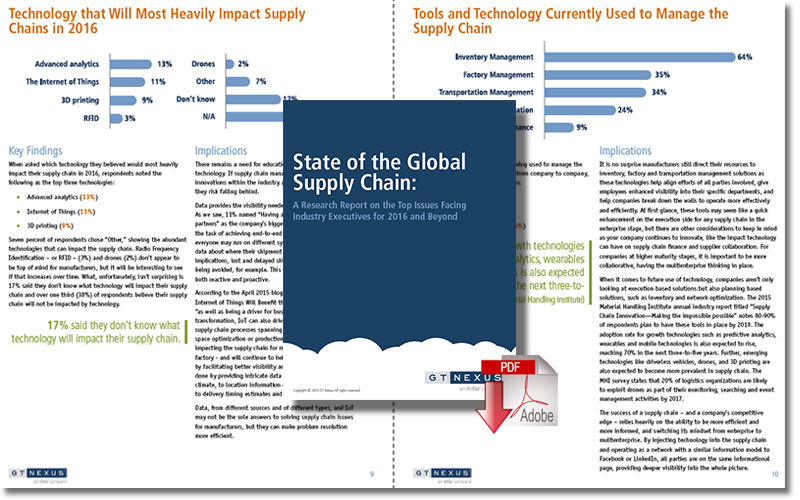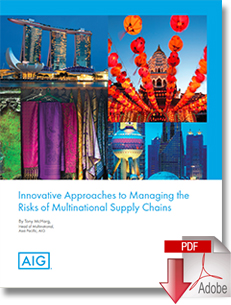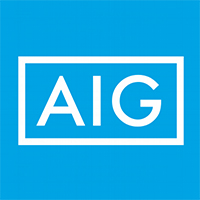Managing the Risks of Multinational Supply Chains

Tony McHarg, AIG’s head of multinational in Asia Pacific, discusses the interconnectivity of multinational businesses operating in Asia Pacific and how best to mitigate the resulting supply chain risk.
Managing supply chain risks is critical to the success of any business.
Although, the importance of supply chain risk management is perhaps most clear in Asia Pacific with its high growth rate, shifting industry trends, increasingly sophisticated consumers and expanding businesses.
An Overview
With these marketplace dynamics comes greater interconnectivity of multinational risks. According to the World Trade Organisation (WTO), Asia Pacific includes nine of the world’s top 15 countries importing and exporting intermediate goods.
Companies in the region depend upon goods and services from companies in other countries in order to successfully operate their businesses, and vice versa. As the region becomes more interconnected and trade flows continue to increase, protecting valuable supply chains from both existing and new risks becomes critical to the success of companies based there.
However, managing these risks can be challenging. Today’s supply chains are becoming deeper and spread over more countries. Knowing exactly what, where and how connections can impact a company’s business can be difficult.
It is not uncommon for companies to have supply chains that go down several layers, beginning with one supplier or distributor which is dependent upon a second, which in turn depends upon a third and so on. A problem at any of these levels has the potential to disrupt a company’s business operations.
As a colleague of mine once explained: “You are only as good as your weakest link.” So it is important to have clear line of sight to all of the links in a company’s supply chain. Typically, issues such as quality control and incomplete or late delivery are top of mind when considering problems with the potential to disrupt a supply chain. There is another risk that is often underestimated, but can be equally as damaging - financial failure.
This most commonly happens to a small supplier that runs out of working capital, goes bust and causes problems for larger companies further up the chain.
Supply Chain Disruptors
Natural disasters, such as the earthquake in Nepal and the typhoon in the Philippines, can critically impact supply chains. According to a 2015 UN report, more than half of the world’s 226 natural disasters occurred in the Asia Pacific region in 2014. Some 80 million people were affected and nearly $60bn in economic losses resulted. In addition, other factors, such as political instability and less lead time have been seen to contribute to supply chain volatility in Asia Pacific.
Supply chain risks are continually evolving as new business trends emerge. These risks are no longer limited to physical assets. Big data and cyber-risk are good examples that have the potential to cause serious disruptions for businesses. While big data enables the marketing advantages of knowing customers better, protecting that data involves added risks.
Read: Global Supply Chain Report: 40% of Respondents Faced Supply Chain Disruptions in Past 12 Months
Approximately two-thirds of cyber events are the fault of third-party businesses that outsource services for the victim. This fact demonstrates the level to which cyber-risk has developed in the supply chain space. Cyber breaches are happening more often and becoming more expensive.
With Cisco forecasting that within five years, there will be 50 billion interconnected devices - up from 12.5 billion in 2010 - we are likely to see an ever increasing frequency of events.
A disruption in its supply chain can have devastating effects on a company, potentially resulting in damage such as a tarnished brand, loss of customers and market share, and an overall fall in revenues and share price. If not resolved quickly and efficiently a supply chain disruption can impact a company’s liquidity by hindering its ability to secure financing.
Despite the serious implications of a disruption, many companies are not devoting enough resources to safeguarding their supply chains. Many of the activities that make the supply chain more resilient, such as buffer inventory, redundant sourcing, multimodal logistics contingencies and continuity planning, are often labelled unnecessary expenses and equated to over protecting business operations.
Understanding Supply Chain Risk
Many companies do not have a clear understanding of their supply chain risks, nor an enterprise wide approach to managing them. To help companies address this issue, AIG engages consultatively with clients to understand their business risks and shares insights that can assist companies better understand, anticipate, plan and mitigate potential supply chain disruptions before they arise.
Most managers know they need to protect their supply chains from serious disruption. Their challenge is to recognise the cost of supply chain risk and strike the right balance between resilience and cost savings. While choosing cheap suppliers or manufacturers that may look attractive, a company needs to understand the true cost of such a choice, which includes the supply chain risk related costs.
Making appropriate and informed decisions as to who takes part in a company’s supply chain is vital to ensuring its business operates effectively. First of all, that means having clear visibility within its supply chain. We recommend getting to know suppliers to make sure they are up to your standards. It is important to verify that they meet minimum criteria, which includes having documented best practices, procedures, and perhaps most important, business continuity plans and data privacy procedures and practices in place.
View All: SC24/7 White Papers on “Supply Chain Risk Management”
Recent developments in technology offer the potential to further improve insights and decision making around supply chain risk. The use of ‘big data’ may foster innovation in predictive modelling and new analytical techniques designed to spot issues in advance.
Tailoring Multinational Solutions
Working with our clients to understand their specific risks, AIG offers multinational programmes tailored to clients’ needs and preferences. We can provide locally admitted insurance in over 200 countries through AIG affiliate insurers and third-party network partner insurers.
AIG also offers creative insurance and financing options, including fronting and captive services and global solutions for unconventional risks, which helps to protect against the risks associated with increasingly complex supply chains.
Today, more than ever, as companies expand their business operations into new areas of the world, managing supply chain risk is critical, and failing to do so can have serious consequences.
Download the Report: State of the Global Supply Chain

Article Topics
AIG News & Resources
Managing the Risks of Multinational Supply Chains Innovative Approaches to Managing the Risks of Multinational Supply ChainsLatest in Supply Chain
How Much Extra Will Consumers Pay for Sustainable Packaging? FedEx Announces Plans to Shut Down Four Facilities U.S. Manufacturing is Growing but Employment Not Keeping Pace The Two Most Important Factors in Last-Mile Delivery Most Companies Unprepared For Supply Chain Emergency Microsoft Unveils New AI Innovations For Warehouses Let’s Spend Five Minutes Talking About ... Malaysia More Supply Chain














